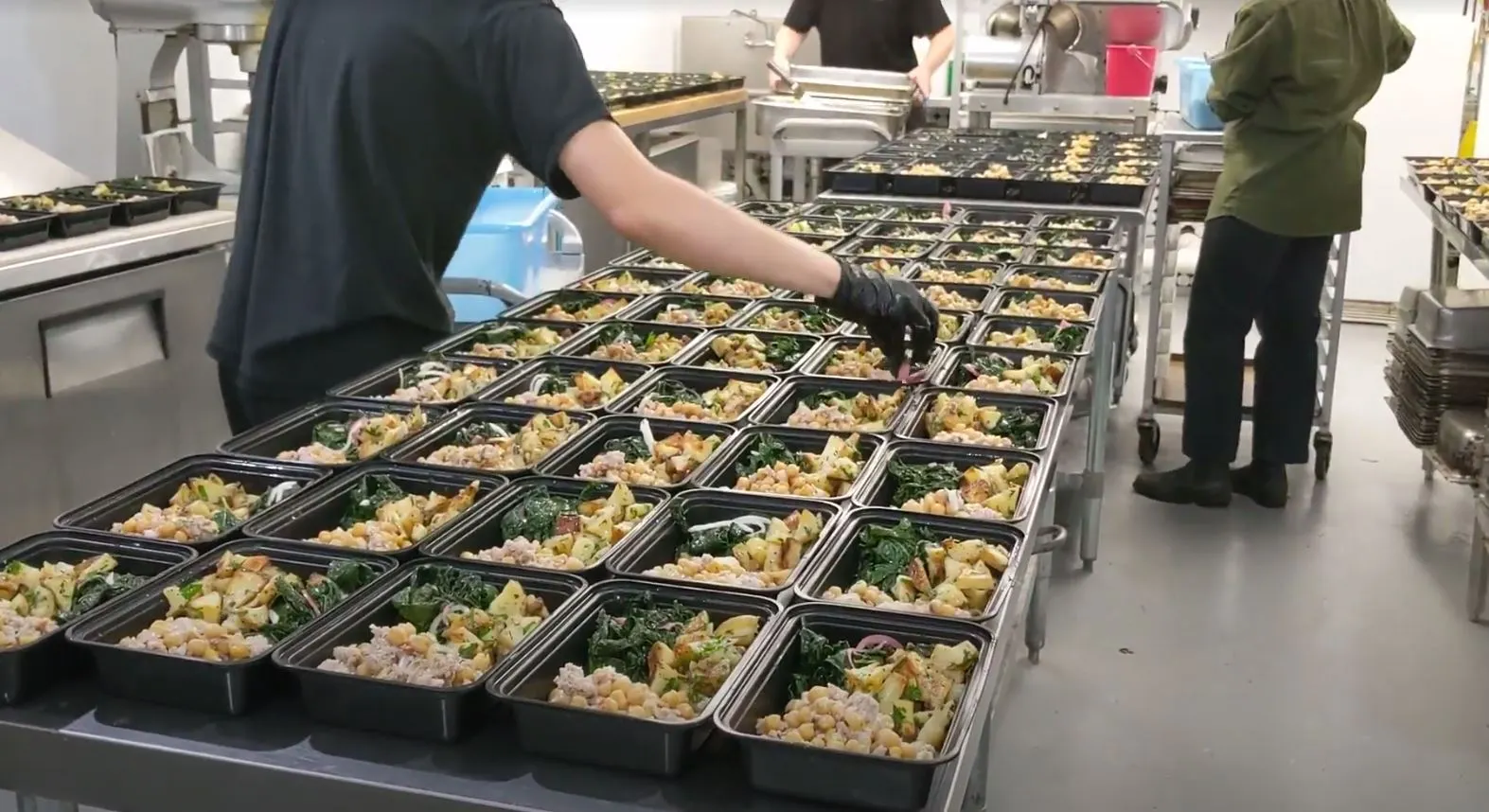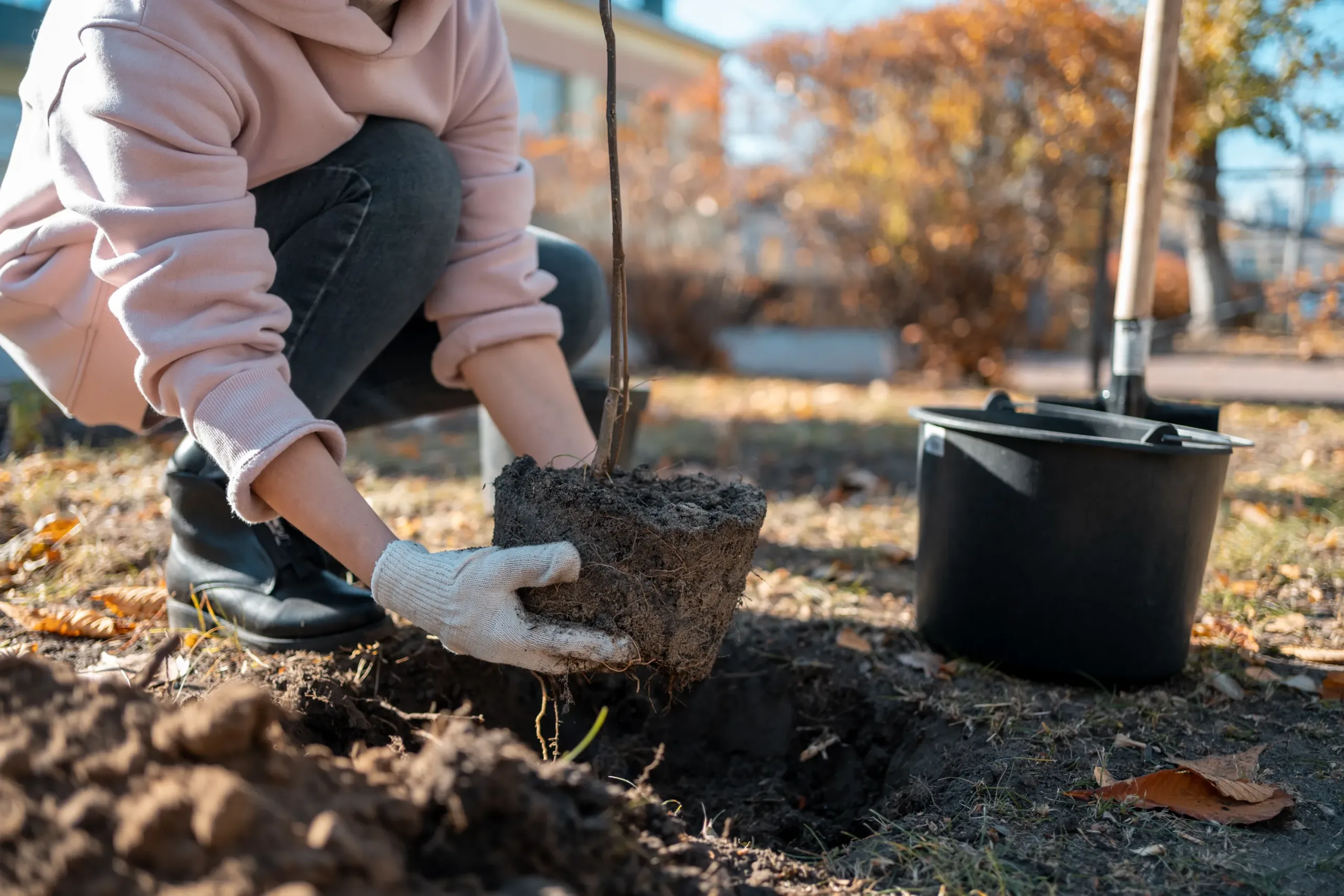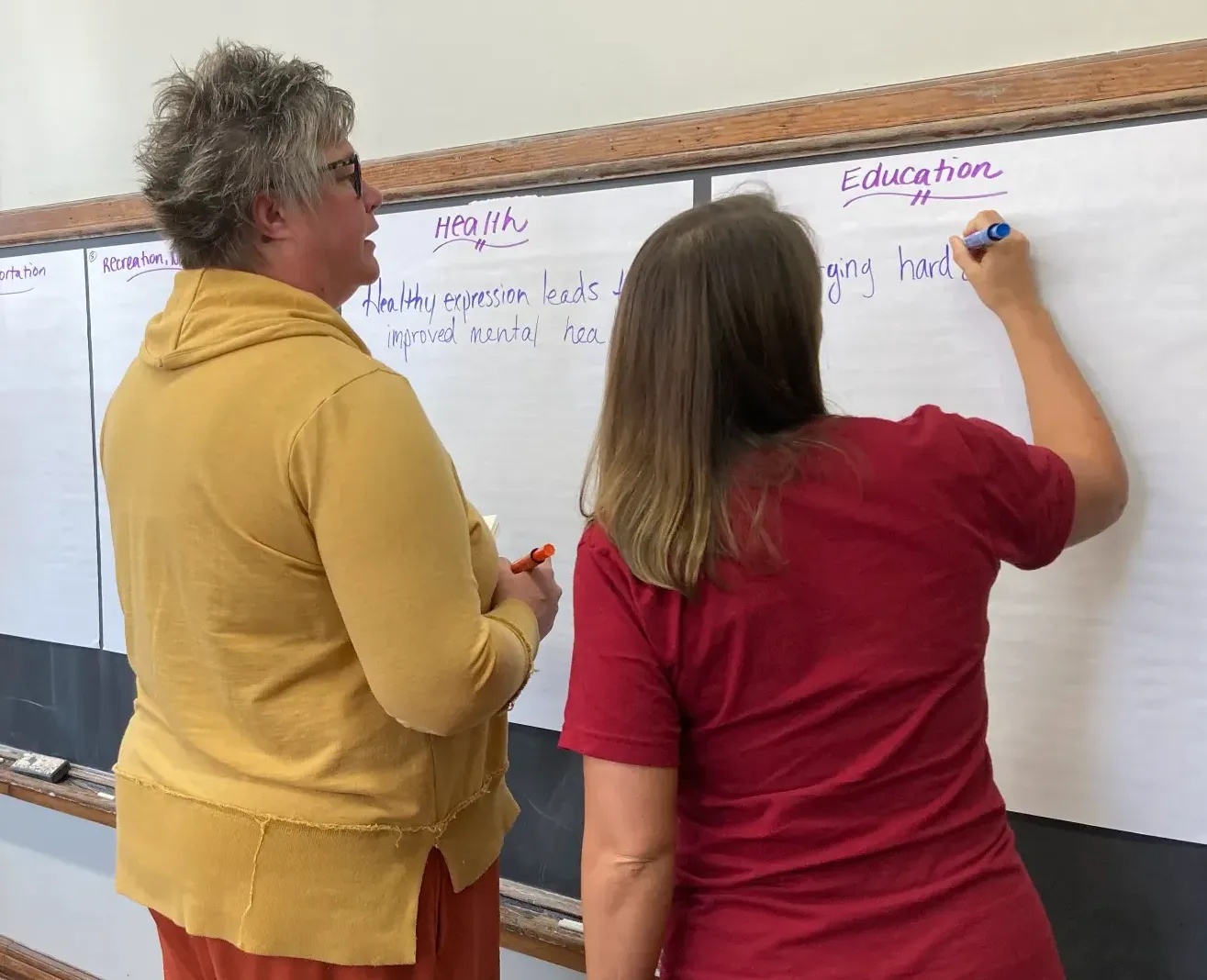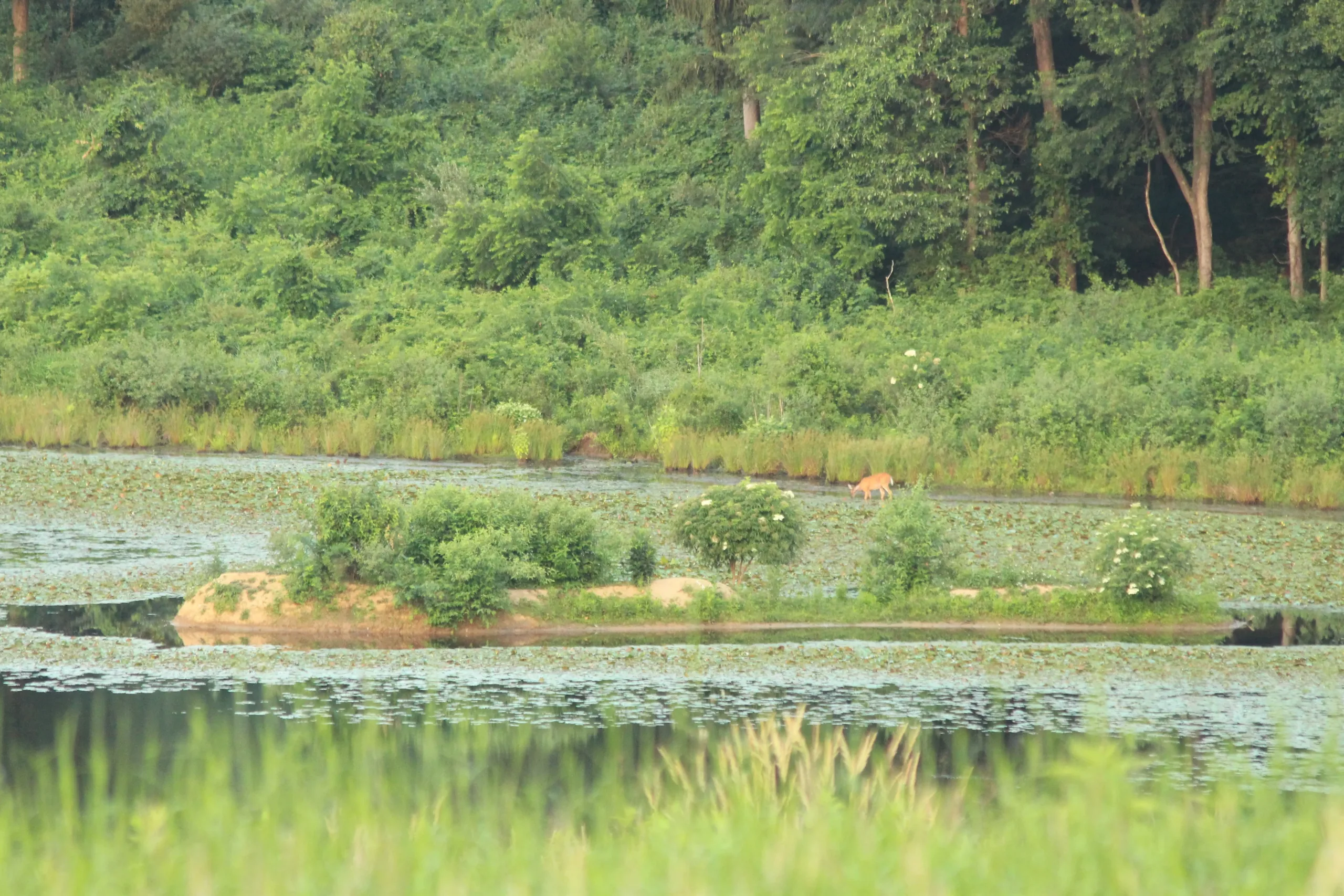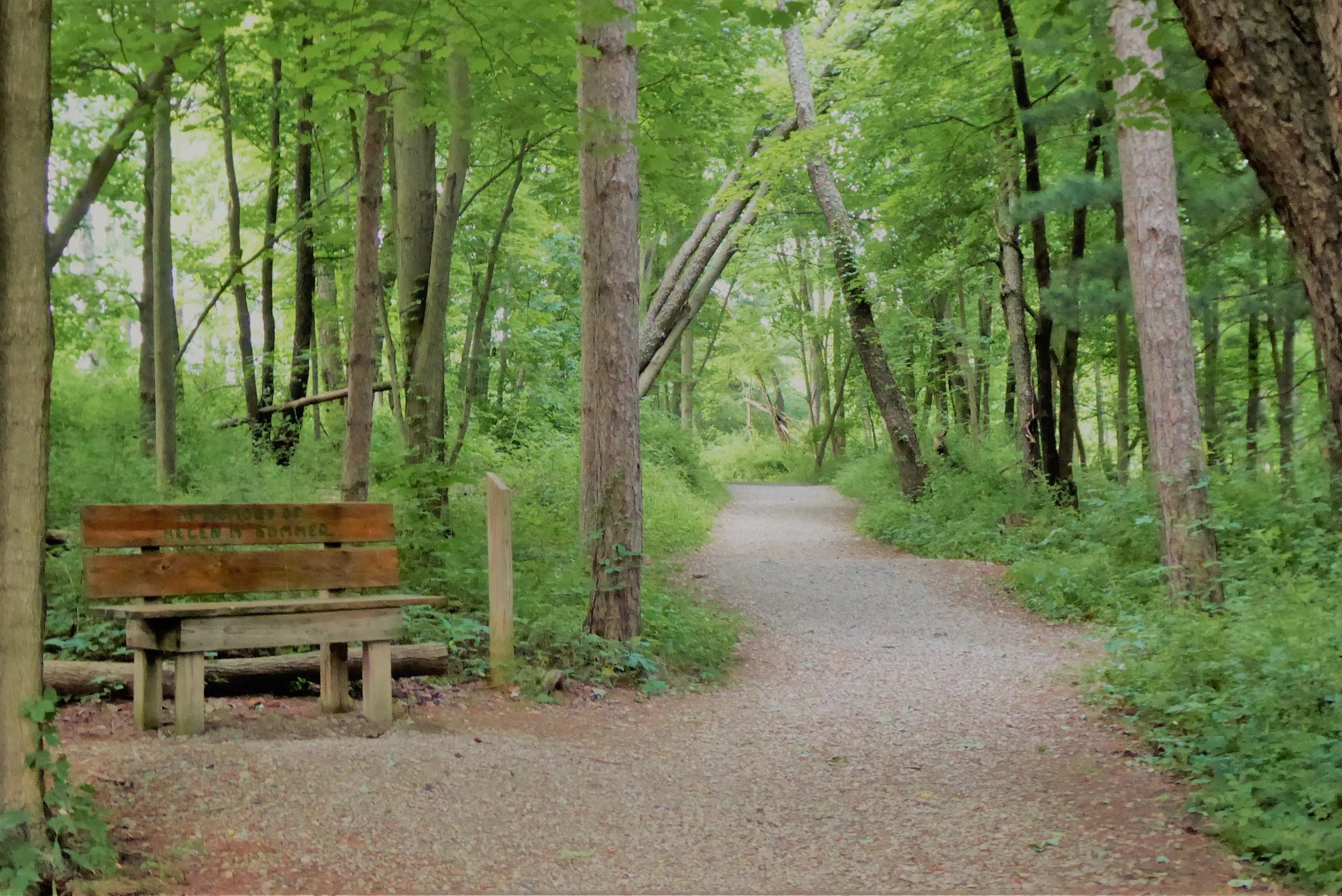
Photo by John Lorson
Introduction
Many areas across Northeast Ohio still boast a diverse, natural land-cover including woodlands and forests, streams, wetlands, and fields and meadows. These lands provide numerous benefits such as pollinator habitat, as well as cover, nesting and foraging sites for a broad spectrum of animal species. The Wilderness Center (TWC) exists to conserve and steward these natural resources while connecting the community with nature and educating people of all ages.
The Problem
However, the ecological integrity of these habitats is at risk. Top challenges facing nature include:
- Growing development pressure on lands, leading to habitat loss and fragmentation
- Historic loss of open space to development and urban sprawl
- Oil and gas drilling
- Invasive species
- Certain types of agricultural practices that increase nonpoint source pollution
- Development and/or impervious cover leading to increased stormwater runoff
The problem is exacerbated by the degradation of riparian forests and stream systems, and a loss of wetlands and the subsequent loss of the natural filtration and absorption qualities of the wetlands, leading to flooding and pollution problems downstream. Further, climate change will undoubtedly have long-term impacts on habitat and species composition moving forward, with increasing temperatures, drought, and flooding.
The Solution
TWC invited Sustainable Economies to facilitate a collaborative strategic visioning process which resulted in four goals around community, conservation, education, and visitor experience. The EnviroScience team that partnered on the strategic visioning process produced conceptual renderings for 10 capital projects which directly address the four goals.
This strategic visioning effort used an inclusive, science-based process and involved input from approximately 200 individuals including community members and local business leaders. The process combined existing data and analyses with input from partner organizations, feedback from employees, and information from a community and membership survey. The process took place during the Spring and Summer of 2021.
Key highlights of the member survey included:
- When asked to rank top perks that would make a TWC membership appealing, the most popular perk was: Knowing that my membership dollars support Education, Conservation and Community (56% of respondents ranked this as a very appealing perk). This ranked higher than any personal benefits members might receive, like discounts or access to programs.
- When asked about the biggest needs in their community, the area of highest concern was “Loss of Habitat,” with 70% saying they are very concerned about that issue.
- Respondents were asked if they had taken a day trip involving nature in the past 2 years. If they responded yes, they were asked to describe in their own words why they chose that location (open-ended question). The two most frequent responses, each noted by 25% of respondents, were wildlife or habitat and the trails.
- That said, when asked a follow up question, “What are the top two reasons for which you choose nature-based activities?” the top answers were to enjoy outdoor activities like hiking or boating (43%); and for mental health or stress reduction (37%).
TWC is currently implementing the plan and leveraging the plan to access new funding sources.


